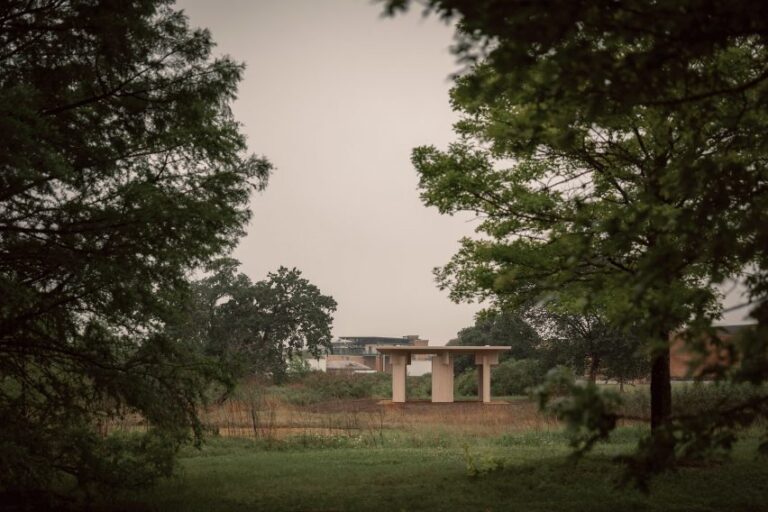According to the US Energy Information Administration, buildings account for 44.6 percent of United States CO2emissions. As the architects who design those buildings, how can we continue to protect the world we care about? And what can architecture firms do to help?
Thomas Jacobs, AIA, has been working on those very questions. As the past chair of the AIA Chicago Advocacy Committee, founder of the Riverside Sustainability Council, and principal at Krueck + Sexton Architects, he has been an avid participant in the 2030 Challenge and still asks, ”What we can do better?”
Jacobs’s answer: Take action before the problem arises. He and a small in-house team established Architects Advocate, a movement where architects can voice concerns over climate change, advocate for action, and create a network of collective knowledge on climate change and the role buildings play.
While AIA’s institutional efforts engage government leaders at local, state, and national levels and give voice to architectural concerns, Architects Advocate believes that grassroots government advocacy is just as important. Jacobs also recognizes that his 30-person, mid-size firm enjoys resources like workload flexibility and shared networks. However, small firms can incorporate advocacy into their practice as well, starting with a few simple steps.
- Identify the issue.What matters most to you? In a small firm, we wear many hats and there are limited resources. Prioritize the issues we care about.
- Determine the scale.How much can you or your firm commit? Identify what you can offer and stick to it. Every bit contributed to something that matters is a step in the right direction.
- Find a network.Find others that share your goal. Develop a network with shared resources, information, and time to help bridge the gap.
- Become a beacon.Create a network if one doesn’t exist or isn’t readily available. Develop a local branch of a meaningful organization. Let your network know what you care about; like-minded people will find you.
- Have the conversation.Oftentimes, the simplest thing we can do is speak the words. A conversation with a client about their building’s influence may result in a more sustainable project.
- Don’t lose hope.We can’t save the world in a day. The small amount of time or resources we have to give doesn’t always feel like much; don’t get discouraged.
- Let the Small Firm ExchangeThe SFx can help. Share what is important to you, what helped you make an impact, and any other information that could benefit small firm owners.
We, as architects, design the built world and have the power to influence how buildings shape it. Working in a small firm does not mean small projects or small impact. Small architecture firms can build a better tomorrow. How will you use that power?
Source: The American Institute of Architects






